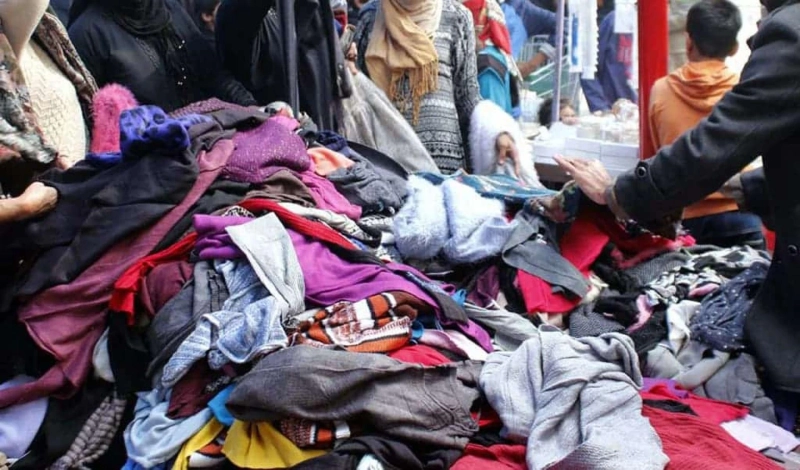In the contemporary landscape of consumerism, where fashion trends come and go with the speed of a scrolling screen, an uncomfortable truth lurks in the shadows of our convenience-driven world. The dark side of fashion, specifically the accumulation of textile waste in landfills, presents a growing environmental challenge that remains largely out of sight and out of mind for the average consumer. As the industry continues to expand, the implications for our planet are significant and complex, necessitating a deeper examination and urgent action.
The Magnitude of the Problem
Each year, millions of tons of textiles are disposed of directly into landfills across the globe. In the United States alone, the Environmental Protection Agency (EPA) estimates that textile waste occupies nearly 5% of all landfill space. This waste comprises not only discarded garments but also household textiles, worn-out carpets, and industrial fabrics. The bulk of this material is non-biodegradable, with synthetic fibers like polyester and nylon taking hundreds of years to decompose, gradually releasing toxic substances into the earth and atmosphere.
The Lifecycle of a Garment
The journey of a typical garment from production to disposal is fraught with environmental pitfalls. The fashion industry is one of the most resource-intensive in the world, beginning with the enormous water requirements for cotton cultivation and moving through the energy-consuming processes of fabric manufacturing and garment production. Once the useful life of these textiles ends often hastened by fast fashion\'s encouragement of disposable clothing they largely end up in landfills. Here, the decomposition process emits methane, a potent greenhouse gas, and leachate, a toxic liquid that can severely pollute groundwater and soil.
The Impact on Environmental Sustainability
Textile waste in landfills exemplifies a linear economy take, make, dispose that is unsustainable. The reliance on virgin materials to create fast-fashion items not only depletes natural resources but also necessitates vast energy use and results in significant pollution. Furthermore, the chemicals used in dyeing and treating these fabrics often find their way into the ecosystem, impacting both terrestrial and aquatic life.
Initiatives to Combat Textile Waste
Fortunately, awareness is rising, and initiatives aimed at reducing textile waste are gaining traction. The concept of a circular economy, where end-of-life products are reused, recycled, or composted, is becoming more appealing. For instance, textile recycling programs are expanding, though they currently reclaim only a small percentage of garments. Companies are also exploring the use of biodegradable fibers and more sustainable manufacturing processes that reduce waste and environmental impact.
What Can Consumers Do?
As consumers, our choices have power. Opting for quality over quantity, choosing sustainable brands, and using second-hand and vintage clothing are straightforward strategies to lessen personal textile waste. Additionally, participating in or organizing clothes-swapping events and donating old clothes to charity can extend the life of garments and reduce landfill contribution.
Legislative and Corporate Responsibility
While individual actions are crucial, systemic change driven by legislation and corporate responsibility can foster significant environmental impacts. Regulations can encourage manufacturers to take responsibility for the entire lifecycle of their products through extended producer responsibility (EPR) schemes. Companies can also adopt more sustainable practices, such as designing for durability, using recyclable materials, and implementing take-back programs to ensure that textiles are recycled or responsibly disposed of.
The Path Forward
As we navigate towards a more sustainable future, the challenge of textile waste in landfills demands a concerted and multifaceted approach. By integrating innovative technologies, sustainable practices, and robust policy frameworks, we can mitigate the unseen impacts of our clothing consumption. The fashion industry, consumers, and governments must collaborate to redefine what it means to be fashionable in an environmentally conscious world.
Conclusion
In conclusion, textile waste in landfills is not just an environmental issue but a call to action for all stakeholders involved in the life cycle of clothing. By rethinking our fashion consumption habits and supporting sustainable practices, we can help unclog our environmental future and pave the way for a cleaner, greener planet.



